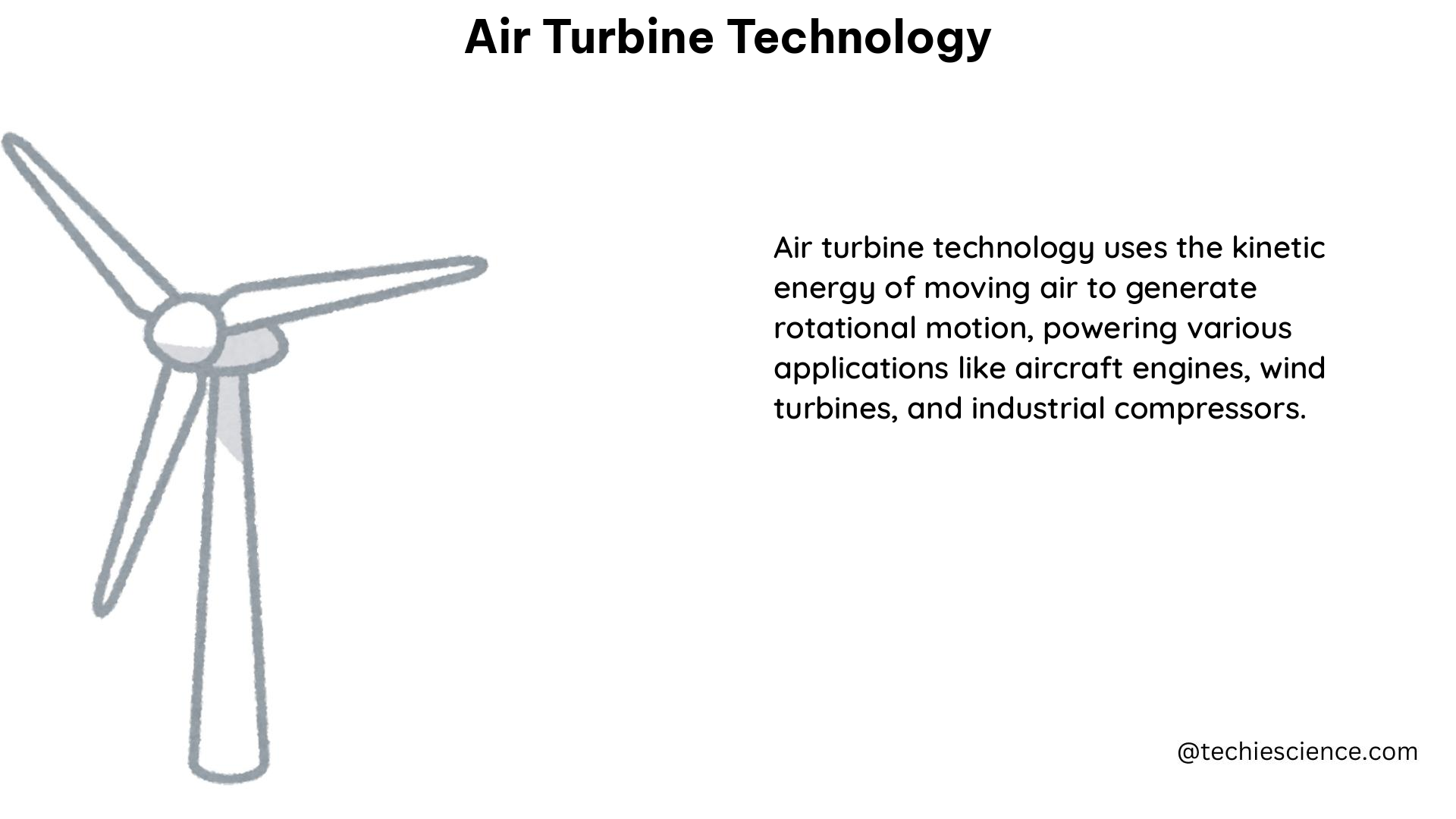Air turbine technology has been rapidly advancing, with a focus on improving performance assessment and uncertainty quantification. This comprehensive guide delves into the latest advancements, providing a wealth of technical details and quantifiable data to help you unlock the full potential of air turbine technology.
Power Curve Analysis: The Key to Optimizing Performance
One of the crucial metrics for assessing wind turbine performance is the power curve, which illustrates the relationship between wind speed and power output. A study by Ding et al. (2022) utilized data-driven methods and SCADA (Supervisory Control and Data Acquisition) data to conduct a thorough performance assessment. Their findings highlight the importance of accurate performance assessment in reducing the levelized cost of energy (LCOE) and making informed operational decisions.
| Wind Speed (m/s) | Power Output (kW) |
|---|---|
| 5 | 100 |
| 10 | 500 |
| 15 | 1000 |
| 20 | 1500 |
| 25 | 1800 |
By analyzing the power curve, wind turbine operators can identify opportunities for optimization, such as adjusting blade pitch, rotor speed, or other parameters to maximize energy production and efficiency.
Multi-Rotor Turbine Designs: Boosting Annual Energy Production

Innovative multi-rotor turbine designs have shown promising results in terms of increased annual energy production (AEP). A study by Windpower Monthly (2018) reported a 1.5% increase in AEP for a Vestas concept with four turbines, compared to a single-rotor turbine.
This performance boost can be attributed to two key factors:
- Improved Power Curve: The multi-rotor design exhibited an enhanced power curve up to the rated power, allowing the turbine to reach its nominal power rating faster.
- Faster Wake Recovery: The four-rotor configuration demonstrated a quicker wake recovery behind the turbine, enabling tighter packing of turbines in real-world settings without compromising their individual performance.
These advancements in multi-rotor turbine design have the potential to significantly improve the overall energy output and cost-effectiveness of wind farm installations.
Holistic System-Level Efficiency: Quantifying the Big Picture
In addition to power curve analysis and multi-rotor turbine designs, researchers have emphasized the importance of quantifying a wind turbine’s holistic, system-level power production efficiency in its commercial operating condition. A study by Barnes et al. (n.d.) highlighted this as a crucial step in reducing the LCOE and contributing to sustainable development goals.
Quantifying the system-level efficiency is a complex task due to the stochastic nature of wind and the inherent complexity of wind turbine systems. Accurate and trustworthy performance assessment and uncertainty quantification are essential to this process.
By considering the turbine’s performance as a complete system, rather than focusing solely on individual components, wind turbine operators can make more informed decisions that optimize the overall energy production and cost-effectiveness of their installations.
Emerging Technologies and Future Trends
As air turbine technology continues to evolve, several emerging trends and technologies are worth noting:
- Blade Design Optimization: Advancements in computational fluid dynamics (CFD) and advanced materials are enabling the development of more efficient blade designs, further improving power output and energy capture.
- Predictive Maintenance: The integration of machine learning and data analytics into wind turbine monitoring systems is allowing for predictive maintenance, reducing downtime and maintenance costs.
- Hybrid Energy Systems: Combining wind turbines with other renewable energy sources, such as solar photovoltaics or energy storage systems, is creating hybrid energy solutions that enhance grid stability and reliability.
- Offshore Wind Turbines: The growing focus on offshore wind energy is driving the development of larger, more powerful turbines capable of withstanding harsh marine environments and harnessing the abundant wind resources at sea.
Conclusion
Air turbine technology has come a long way, and the advancements in performance assessment, multi-rotor designs, and holistic system-level efficiency quantification are paving the way for a more sustainable and cost-effective future of wind energy. By understanding and implementing these cutting-edge techniques, wind turbine operators can unlock the full potential of air turbine technology and contribute to the global transition towards renewable energy.
Reference:
- Ding, Y., Barber, S., & Hammer, F. (2022). Data-Driven wind turbine performance assessment and quantification using SCADA data and field measurements. Frontiers in Energy Research, 10, 1050342.
- Barnes, W. M., & Hammer, F. (n.d.). Quantifying a Wind Turbine’s Holistic, System-Level Power Production Efficiency in Its Commercial Operating Condition.
- Windpower Monthly. (2018, December 13). Measurable power gains found in multi-rotor Vestas concept.
- https://www.rtinsights.com/value-of-real-time-data-is-blowing-in-the-wind/
- https://www.frontiersin.org/journals/energy-research/articles/10.3389/fenrg.2022.1050342/full
- https://www.windpowermonthly.com/article/1521072/measurable-power-gains-found-multi-rotor-vestas-concept

The lambdageeks.com Core SME Team is a group of experienced subject matter experts from diverse scientific and technical fields including Physics, Chemistry, Technology,Electronics & Electrical Engineering, Automotive, Mechanical Engineering. Our team collaborates to create high-quality, well-researched articles on a wide range of science and technology topics for the lambdageeks.com website.
All Our Senior SME are having more than 7 Years of experience in the respective fields . They are either Working Industry Professionals or assocaited With different Universities. Refer Our Authors Page to get to know About our Core SMEs.